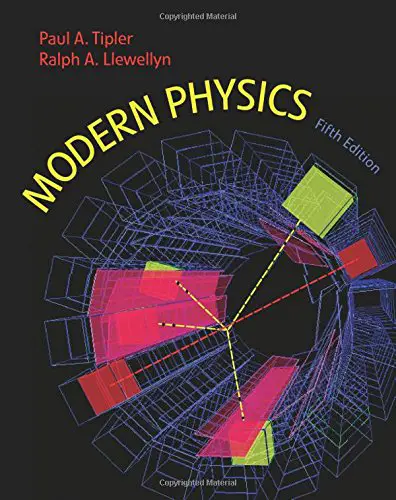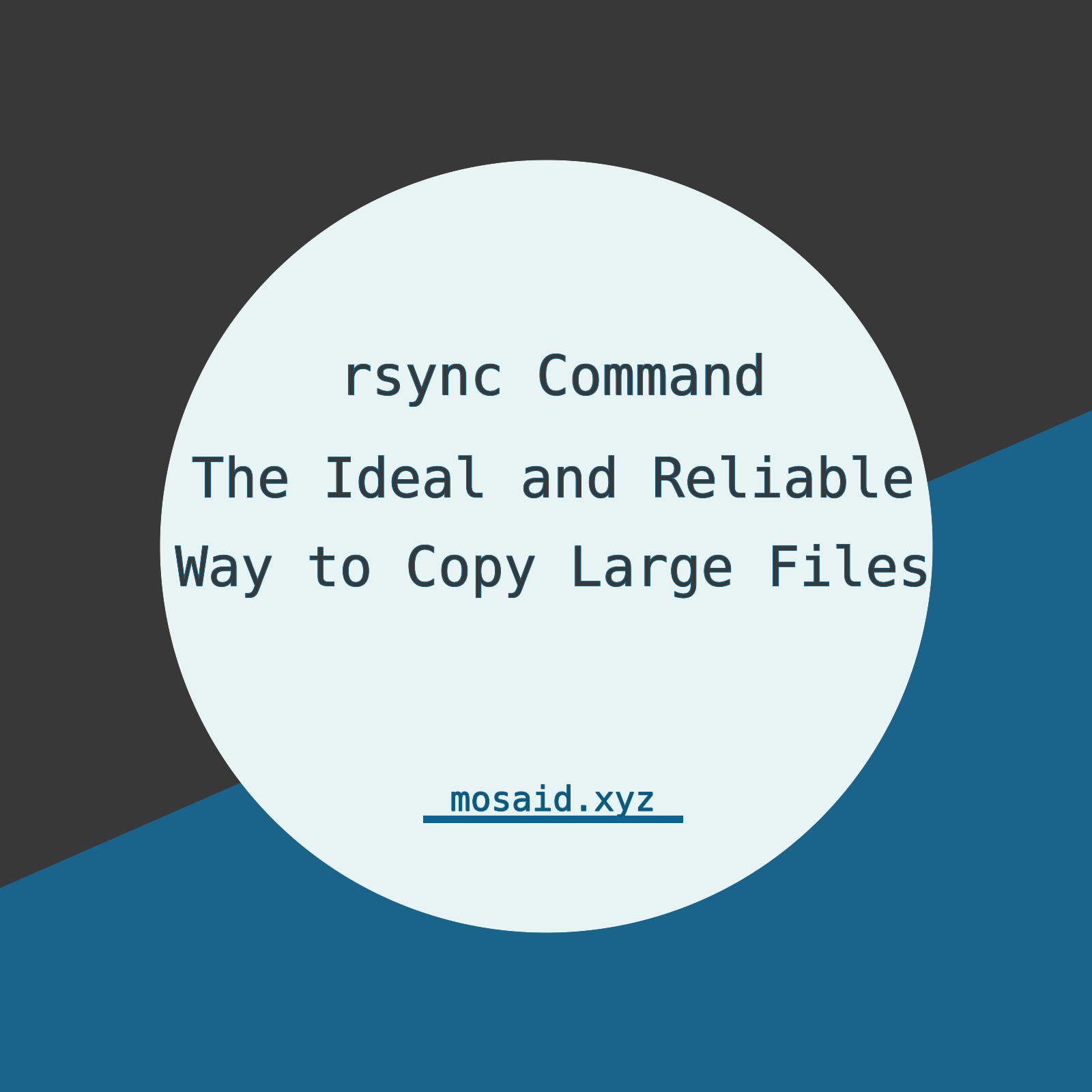
Modern Physics - Paul A. Tipler & Ralph A. Llewellyn
Embark on a riveting journey through the cosmos with "Modern Physics" by Paul A. Tipler and Ralph A. Llewellyn. Unravel the complexities of quantum mechanics and relativity in this captivating exploration. This book, filled with concise explanations and thought-provoking insights, demystifies the intricacies of modern physics. Join me in an intellectual adventure where Tipler and Llewellyn guide you through the forefront of scientific discovery. Elevate your understanding of the universe with this enlightening read.
pages: 758, views: 955
This edition, like the earlier ones, is divided into two parts: Part 1, “Relativity and Quantum Mechanics: The Foundation of Modern Physics,” and Part 2, “Applications.” We continue to open Part 1 with the two relativity chapters. This location for relativity is firmly endorsed by users and reviewers.
The rationale is that this arrangement avoids separation of the foundations of quantum mechanics in Chapters 3 through 8 from its applications in Chapters 9 through 12. The two-chapter format for relativity provides instructors with the flexibility to cover only the basic concepts or to go deeper into the subject.
Chapter 1 covers the essentials of special relativity and includes discussions of several paradoxes, such as the twin paradox and the pole-in-the-barn paradox, that never fail to excite student interest. Relativistic energy and momentum are covered in Chapter 2, which concludes with a mostly qualitative section on general relativity that emphasizes experimental tests.
Because the relation E² = p²c² + (mc²)² is the result most needed for the later applications chapters, it is possible to omit Chapter 2 without disturbing continuity. Chapters 1 through 8 have been updated with a number of improved explanations and new diagrams.
Several classical foundation topics in those chapters have been moved to the Classical Concept Review or recast as MORE sections. Many quantitative topics are included as MORE sections on the Web site. Examples of these are the derivation of Compton’s equation (Chapter 3), the details of Rutherford’s alpha-scattering theory (Chapter 4), the graphical solution of the finite square well (Chapter 6), and the excited states and spectra of two-electron atoms (Chapter 7). The comparisons of classical and quantum statistics are illustrated with several examples in Chapter 8, and unlike the other chapters in Part 1, Chapter 8 is arranged to be covered briefly and qualitatively if desired.
This chapter, like Chapter 2, is not essential to the understanding of the applications chapters of Part 2 and may be used as an applications chapter or omitted without loss of continuity.
Preserving the approach used in the previous edition, in Part 2 the ideas and methods discussed in Part 1 are applied to the study of molecules, solids, nuclei, particles, and the cosmos. Chapter 9 (“Molecular Structure and Spectra”) is a broad, detailed discussion of molecular bonding and the basic types of lasers.
Chapter 10 (“Solid-State Physics”) includes sections on bonding in metals, magnetism, and superconductivity. Chapter 11 (“Nuclear Physics”) is an integration of the nuclear theory and applications that formed two chapters in the fourth edition. It focuses on nuclear structure and properties, radioactivity, and the applications of nuclear reactions.
Included in the last topic are fission, fusion, and several techniques of age dating and elemental analysis. The material on nuclear power has been moved to a MORE section, and the discussion of radiation dosage continues as a MORE section. As mentioned above, Chapter 12 (“Particle Physics”) has been substantially reorganized and rewritten with a focus on the Standard Model and revised to reflect the advances in that field since the earlier editions.
The emphasis is on the fundamental interactions of the quarks, leptons, and force carriers and includes discussions of the conservation laws, neutrino oscillations, and supersymmetry. Finally, the thoroughly revised Chapter 13 (“Astrophysics and Cosmology”) examines the current observations of stars and galaxies and qualitatively integrates our discussions of quantum mechanics, atoms, nuclei, particles, and relativity to explain our present understanding of the origin and evolution of the universe from the Big Bang to dark energy.












